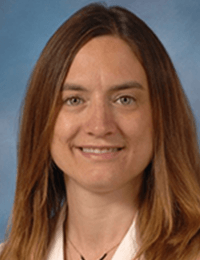I received an M.D., Ph.D. from the Mount Sinai School of Medicine, where my thesis work in the laboratory of Dr. Glenn Fishman centered on the development of the cardiac conduction system. Subsequently, I entered the Department of Medicine’s Physician-Scientist program at the University of Pennsylvania, where I completed two years of residency in Internal Medicine followed by two years of clinical training in Cardiovascular Disease. I joined the laboratory of Dr. Jonathan Epstein for my post-doctoral training, where I continued to pursue my interest in the development of the cardiac conduction system, transcriptional and epigenetic regulation of gene expression, and cellular reprogramming strategies. I was awarded a Burroughs Wellcome Career Award in Medical Sciences to support my continued career development. As of September 2012, I transitioned into a tenure-track position at the Washington University in St. Louis School of Medicine with a primary appointment in the Department of Medicine, Cardiovascular Division, and secondary appointments in Developmental Biology and Biomedical Engineering with the majority of my efforts devoted to bench research.
My research program is multi-disciplinary and centers on defining the mechanisms that regulate programming of cellular electrophysiological phenotypes, defining the transcriptional and epigenetic mechanisms underlying cardiac ion channel gene expression, and developing translational approaches for treating arrhythmias. To accomplish these aims, we study cardiac physiology and regulation of gene expression in murine, porcine, and human model systems. Reactivation of developmental signaling pathways including Notch and Wnt can electrically remodel cardiomyocytes, or “reprogram” them, to adopt a new stable electrical phenotype in animal models. We recently have begun to delineate the mechanism(s) underlying how noninvasive, high dose single fraction radiotherapy delivered to foci of abnormal electrical activity in patients refractory to conventional therapy reduces ventricular tachycardia. Surprisingly, we discovered that cardiac radiotherapy does not ablate, and found that it reprograms cardiac conduction at least in part through activating Notch signaling. It is my hope that a further understanding of basic mechanisms may lead to improvements in the clinical protocol, with the goal to have more widespread adoption of the technique with the potential to expand into additional arrhythmia populations.
